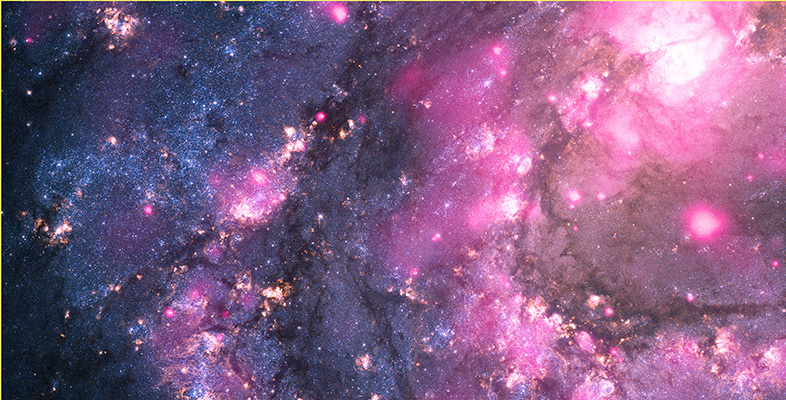2.3.2 Equilibrium and irreversibility
As the science of thermodynamics developed beyond its industrial roots, two powerful ideas came to the fore - equilibrium and irreversibility. These ideas were already implicit in studies of heat. You have already seen that heat flow from a hot steak to a cold plate is an irreversible process. The effect of this process is to cool down the hot steak and warm up the cold plate, leading to a more uniform distribution of temperature. The heat transfer continues until a state of equilibrium is reached, characterised by a completely uniform temperature.
Understanding the conditions needed for equilibrium, and the irreversible processes that drive systems towards equilibrium, has deep consequences throughout the sciences. For example, under normal conditions, the equilibrium state of carbon is graphite, rather than diamond. Fortunately, the processes that restore equilibrium are very slow in this case, so diamonds do not perceptibly turn into graphite. But, under some rather extreme conditions, diamond is the equilibrium state rather than graphite, and this fact can be used to create new diamonds from soot. More generally, thermodynamics determines which states of matter are in equilibrium under any given set of conditions.
Entropy and the second law of thermodynamics provide the key to understanding equilibrium. An isolated system, free from all other influences, may undergo various spontaneous changes, some of which will increase its entropy. If the total entropy increases during a process, as it usually does, the process is irreversible - it is impossible to return to the starting point, leaving no other traces, since that would require a decrease in the total entropy, which is impossible. Once the entropy has increased, it cannot decrease again. An isolated system therefore approaches a state in which the entropy has the highest possible value. This is a state of equilibrium. In equilibrium, the entropy of the system cannot increase (because it is already at a maximum) and it cannot decrease (because that would violate the second law of thermodynamics). The only changes allowed are those in which the entropy remains constant. This equilibrium can be disturbed if the system is allowed to interact with its surroundings. The entropy of the system may then decrease, provided the entropy of the surroundings increases by at least as much, ensuring that there is no decrease in the entropy of the Universe as a whole.

If we start with a system that is close to, but has not quite reached, equilibrium, thermodynamics can suggest which processes will increase the entropy and lead towards equilibrium. Heat transfers are one source of entropy changes, but there are others. If you take two different gases and allow them to mix together in a flask that is so well insulated that no heat can be transferred to or from the flask, the entropy of the mixture turns out to be greater than the entropy of the two separate gases. That is why the mixing is an irreversible process. Once mixed, the gases will not spontaneously separate. Similar considerations explain why a dropped glass can shatter into a thousand fragments, but a thousand fragments will never spontaneously form themselves into a glass. Also, an egg can be made into an omelette, but an omelette will not make itself into an egg. There is an 'arrow of time' that points from the past to the future, and tomorrow will be different from today.
If these ideas are correct, the Universe must be inescapably and irreversibly approaching a state in which its entropy has the highest possible value. This will be a state of equilibrium for the Universe as a whole, where all the fuel will have been expended and the temperature will be uniform, leaving no prospect of generating heat flows and extracting useful work. In a phrase made popular in the 1930s by the Cambridge cosmologist Sir Arthur Eddington, the Universe is said to be approaching a final state of 'heat death'. In this sense, the clockwork of the Newtonian Universe is running down.
